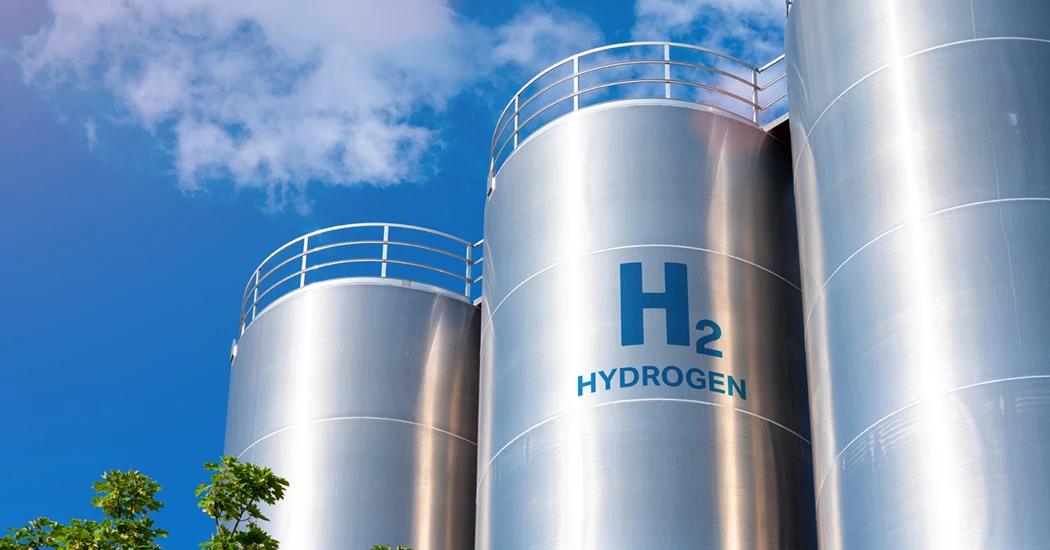Honeywell technology to power commercial scale liquid organic hydrogen carrier project
Honeywell announced that ENEOS, a leading energy company in Japan, will develop the world’s first commercial scale Liquid Organic Hydrogen Carrier (LOHC) project using Honeywell’s solution at multiple sites.
The LOHC solution enables the long-distance transportation of clean hydrogen and can help meet the growing requirements for hydrogen use across various industries by leveraging existing refining assets and infrastructure. The project supports Honeywell’s alignment of its portfolio to three compelling megatrends: automation, the future of aviation and energy transition.
“With more cost-effective long-distance transport, our Liquid Organic Hydrogen Carrier provides a method of more closely matching international supply and demand for hydrogen which enables hydrogen to play a critical role in the energy mix as we move toward lower-carbon economies,” said Ken West, president and CEO of Honeywell Energy and Sustainability Solutions. “By providing solutions to help overcome the challenges of hydrogen transportation, Honeywell is supporting ENEOS in transitioning to a hydrogen-powered future.”
This is one of multiple hydrogen transportation projects on which Honeywell and ENEOS are collaborating. In the Honeywell LOHC solution, hydrogen gas is combined chemically through the Honeywell Toluene Hydrogenation process into methylcyclohexane (MCH) – a convenient liquid carrier – compatible with existing infrastructure. The hydrogen at these sites will be exported – in the same way as petrochemical products – to ENEOS in Japan in the form of MCH. Once at its destination, the hydrogen will be recovered using the Honeywell MCH Dehydrogenation process and released for use, while the toluene can be sent back for additional cycles.
Hydrogen is expected to play a critical role in reducing greenhouse gas emissions. At standard conditions, hydrogen is a flammable gas with low density and cannot be efficiently or easily transported. Current solutions available for transporting hydrogen include liquifying the hydrogen and using chemical carriers such as ammonia, each of which requires additional infrastructure to produce and transport hydrogen.
KEEPING THE ENERGY INDUSTRY CONNECTED
Subscribe to our newsletter and get the best of Energy Connects directly to your inbox each week.
By subscribing, you agree to the processing of your personal data by dmg events as described in the Privacy Policy.
More renewables news

GE Vernova to Power City-Sized Data Centers With Gas as AI Demand Soars

Longi Delays Solar Module Plant in China as Sector Struggles

SSE Plans £22 Billion Investment to Bolster Scotland’s Grid

A Booming and Coal-Heavy Steel Sector Risks India’s Green Goals

bp and JERA join forces to create global offshore wind joint venture

Blackstone’s Data-Center Ambitions School a City on AI Power Strains

Chevron Is Cutting Low-Carbon Spending by 25% Amid Belt Tightening

Free Green Power in Sweden Is Crippling Its Wind Industry

California Popularized Solar, But It's Behind Other States on Panels for Renters
















